GLOUCESTER TEACHERS ASSOCIATION RELEASES STATEMENT ON THE REOPENING OF SCHOOLS
August 5, 2020
The Gloucester Teachers Association released a statement after they were prevented from oral communications at the August 5th school committee meeting:
GTA Statement – SC Meeting
Aug. 5, 2020
Because our members’ voices were silenced at the Gloucester School Committee Meeting of August 5, 2020, the Gloucester Teachers Association is bringing our statement to the public. We are now not convinced that our voices will be heard in a Public Forum that has just been announced this evening. The School Committee will be voting on our Reopening Plan next Wednesday. We should have had a public opportunity to state our concerns with the current preliminary plan.
The following is our statement regarding the reopening of the Gloucester Public Schools.
We all know that Commissioner Riley has asked all Superintendents to submit to DESE three reopening plans – 1 for 100% in-person, 1 for 100% remote, and 1 for a hybrid model. Ultimately however, the GTA and the School Committee will have to come to the bargaining table and determine the working and learning conditions for this year.
Statewide, hundreds, if not thousands of parents have indicated that they have no intention of sending their children back into our buildings, especially in their current conditions. Likewise, many educators are having a difficult time deciding whether their own condition, or that of the people they care for, may make returning to the school buildings too quickly, too risky. This is why, GTA members and other teacher unions North of Boston and across the state demanded that DESE call for an environmental health and safety assessment of every school building and tie the reopening of those buildings to public health benchmarks supported by the latest peer-reviewed science and data. Unfortunately, Commissioner Riley unilaterally terminated negotiations at the state level and left those problems for districts to solve on their own, while we were only able to acquire the 10 days to start the school year without students and use the time to redesign learning to meet their needs in a pandemic.
Gloucester’s educators, like all educators, want nothing more than to return to their classrooms to be with their students and provide them the best possible education. However, that same concern for our students’ well-being and education which pushes us to return to the physical building, is also pulling us to stay home for them and for each other – at least for a little while longer. As much as it pains us, current scientific data and public health guidelines tell us that it is not possible to return without hurting our community.
Data:
The latest guidance from the CDC still holds that 6 feet is the necessary safe distance, even in a building with adequate airflow, environmental health and safety conditions, and proper PPE. This 6-foot recommendation is also recommended by the American Academy of Pediatrics who says, “States and the federal government will need to help. Purchasing and installing updated air filter systems is beyond the capacity of most school districts but is also an ideal opportunity to put millions of unemployed Americans to work on securing the future of our country.” Since that has yet to happen, it’s not yet possible to put anyone back into these school buildings.
Despite recent claims by the Federal Government and our own Commissioner Riley that “children, particularly younger children, are less likely than adults to be infected with COVID-19…and… if infected, children may be less likely to transmit COVID-19 to others,” new research, released July 20th in the CDC’s Journal of Emerging Infectious Diseases, published a report out of South Korea that found “children between the ages of 10 and 19 have the ability to spread COVID-19 within a household at the same rate as adults. Those under the age of 10 can also spread the virus, but the rate at which they do so is significantly lower.” And on July 30th, the New York Times reported that a small study conducted at the Ann and Robert H. Lurie Children’s Hospital of Chicago, concluded that infected children may host up to 100 times as much of the virus in the upper respiratory tract as adults. Additionally, the study mentions that “early reports did not find strong evidence of children as major contributors to SARS-CoV-2 spread, but school closures early in pandemic responses thwarted larger-scale investigations of schools as a source of community transmission.”
The takeaways from these studies are that we are just beginning to understand the role that children have in the transmission of this virus and the more we know about the virus, the clearer the dangers of in-person reopening become. Regardless of teachers’ deep desires to return in person right away, we have to make data driven decisions. We, the members of the GTA side with science and I hope this School Committee chooses the same.
GPS Healthy and Safe Buildings:
We are deeply committed to returning to in person learning, but Only When It’s Safe. In order for us to reopen safely, we need to commit to BOTH a deliberate phased-in approach that gradually increases the number of people in our buildings over time AND a promise to make critical infrastructure improvements. In most of our school buildings, a great deal of updating is needed to ensure that all who enter our schools are guaranteed a healthy and safe building.
According to the 2014 Master Plan Study on the GPS website, among other concerns, the following conclusion is stated for each of our Elementary schools regarding the HVAC systems: “We recommend an overall HVAC system replacement for the building.”
We would also require an increase in general maintenance and custodial personnel according to a 2005 Management Audit Services of the GPS by MGT of America, Inc., which recommended 44 Full Time Equivalent staff positions. Currently, we have 31 FTE positions. Adjusting for Fuller School and the expansion of our other Elementary schools, we are still short of the 2005 recommendations for “normal” school time, how many more would we need for “pandemic” school time?
In an anonymous teacher poll, we asked our teachers, “What are your main concerns about coming back into the workplace?” 74% of respondents cited “Proper daily disinfecting of the workspace” and 79% of respondents cited “Up-to-date and properly maintained building ventilation systems”.
For years leading up to the pandemic, the condition and maintenance of our school buildings has been a regular issue for discussion in our community. This pandemic has spotlighted the insufficiencies of our public education buildings! Now more than ever, our facilities need to be brought to a level that will ensure the health and safety of the students and staff of the Gloucester Public Schools.
Member Concerns:
When we asked our members if 3 feet of social distancing is adequate – 80% said “no”. It’s important to note, once a student leaves their desk and walks between rows, there is no longer three feet of social distancing. Governor Baker’s regulations state that indoor gatherings are limited to eight people per 1,000 square feet, putting a class of 20 students needing 2500 square feet of space. Our classrooms do not conform to this regulation and this concerns teachers greatly.
Additionally, these are a few examples of teachers’ comments:
“I would [return] because I love my students but will not be able to see my parents because of concerns of spreading the virus and this would be a big sacrifice.”
“Yes, but I am nervous because I live with two family members that are at risk, and I take care of my elderly mother who is also at risk with many health issues.”
“I am high risk but I am concerned about losing my position.”
“.. This is my last year before retiring. I have survived [another disease] twice and just hope I can survive this year without contracting Covid-19.”
“Yes, but I would be fearful of it.”
“ I live with my elderly parents with compromised immune systems, so I am very nervous.”
“Yes, as long as ventilation in my room is adequate (at the moment, it is not)”
“I would risk infecting [a family member] who has a documented immunodeficiency. I don’t know how I would ever be able to bear that guilt.”
“[I have] family members who are at a very high risk. I do not want to lose anyone I love, as I am sure many others feel the same way.”
“I have a son….I worry about getting sick or dying from COVID and not being able to take care of him.”
“Do not reopen schools we are not ready and no one should die because we opened them prematurely.”
“…if we can make it to the holidays with remote learning, we can all have hope for the scientific community to have a breakthrough given another 4 months. It seems such a short time when we compare it to sacrificing a life.”
What the School Day looks like:
We know parents want their children back in schools and to get back to a “normal” life. However, the school day will be far from normal for students. Picture students sitting in desks whether they are 3 or 6 feet apart, facing forward with masks on. They will not be collaborating like they once did during “normal” times. There will not be the passing out of papers or sharing of any materials. There will not be lunch in the cafeteria where they can sit with their friends and chat- no social interacting like “normal” times. There will not be recess and playground use like there was in “normal” times. Our physical movement and mask “breaks” will be limited by how and where they can be held safely. They will not be able to see our faces when we smile, – to name only a few. The regulations should be the same for everyone. Our students and teachers deserve to be treated with the same compassion as the general public.
There are also questions: Will there be mandated testing before being admitted to school, like in many colleges and universities? What happens if there is a confirmed case in school? How will that be communicated? Will the class or entire school have to quarantine? How will we do contact tracing? And who will be held responsible if someone does get infected and dies? So, parents, when you are considering whether your child should be in this setting, and administrators when you are considering what the “least restrictive environment” is for our students, please consideration these points.
Once we reopen our schools, we want to keep them open. Rushing this process and putting too many people back in the buildings too soon will very likely cause the infection rate to spike and trigger another shutdown. This would only disrupt the learning process for students, and the planning process for families and exacerbate the well-known inequities that existed in our schools both before and during the pandemic – not to mention endanger the lives of our entire community.
It is clear that we will never get 100% agreement on the right way to do this. But it’s also clear that we can’t afford to get it wrong. There’s so much wrong with remote learning, both in terms of the crisis learning we were forced into in the spring, even with the most thoughtful and intentional planning. We know that this may be a hardship for families, and we hope that Gloucester helps to provide more support for parents who work and need daycare, or who are struggling with rent, or who are dealing with other fallout from COVID. Unfortunately, Gloucester’s buildings aren’t safe enough to go back into yet. And the hard truth is there is no hardship greater than the unnecessary loss of life.
Conclusion:
I oppose remote learning as a curriculum-in-a-box program that takes the professional teacher out of education and replaces them with “remote learning management” software as proposed by the DESE and as an accepted way of learning during “normal” times.
But I do NOT oppose remote learning if the alternative is to return to our school buildings in their current condition and under the social distancing parameters in the GPS preliminary plans. I support remote learning, as difficult as it is for teachers to implement, if it is designed by our educators in collaboration with one another, as a way to resume learning safely.
It is not lost on anyone that while the School Committee may be considering not just one, but two plans that call for large numbers of staff and students to be in our school buildings in just over a month’s time, this body continues to meet remotely. If 3 feet of distance is acceptable for our students and educators for 4 to 6 hours a day with masks on, why aren’t you sitting 3 feet apart from one another in the Administration Building Conference Room where you traditionally meet? The answer is obvious. Because it isn’t safe. Not yet.
I do not want to see yearbooks at the end of this school year with pages of “In Memoriams” dedicated to the educators and students we may lose to COVID if we return to the buildings too quickly. I don’t want to reflect back on this process and be complicit in rushing Gloucester educators and students back into an unsafe environment. I’ll also never be the type of leader to tell my Union siblings what is best for them and overrule the democratic wishes of our rank-and-file organization. This decision isn’t mine to make in a vacuum any more than it is the Committee’s or the Superintendent’s. At this time, we feel that the only way to safely reopen schools – and keep them open – is to start remotely and gradually work our way to a full reopening based on the state’s scientific data and public health benchmarks, very similar to the state reopening process. Anything else would be reckless, irresponsible, and counterproductive.
So, in the near future, our members will continue to debate the merits of each of these plans in an open and democratic process until we reach consensus as a union and in solidarity with our fellow union family members throughout our region and the Commonwealth. We hope the School Committee will be just as engaging with us and the public over the next couple of weeks as our community must work together to fully reopen our schools in the best and safest way possible. I hope that all of you, as well, do not look back on this decision and wonder – “If I had done something differently, how many people would still be alive?”
I thank you for your time, and I look forward to continuing these discussions in open and transparent forums that provide opportunity for honesty and confidentiality, where educators, parents, and residents concerned about these issues and how reopening may impact community spread of the virus, can participate throughout. The stakes have never been higher. Not one single person should get sick or die because we opened the schools prematurely. The only acceptable death count is zero.
Thank you.
Cynthia Lanzendorf-Carney,
President, Gloucester Teachers Association
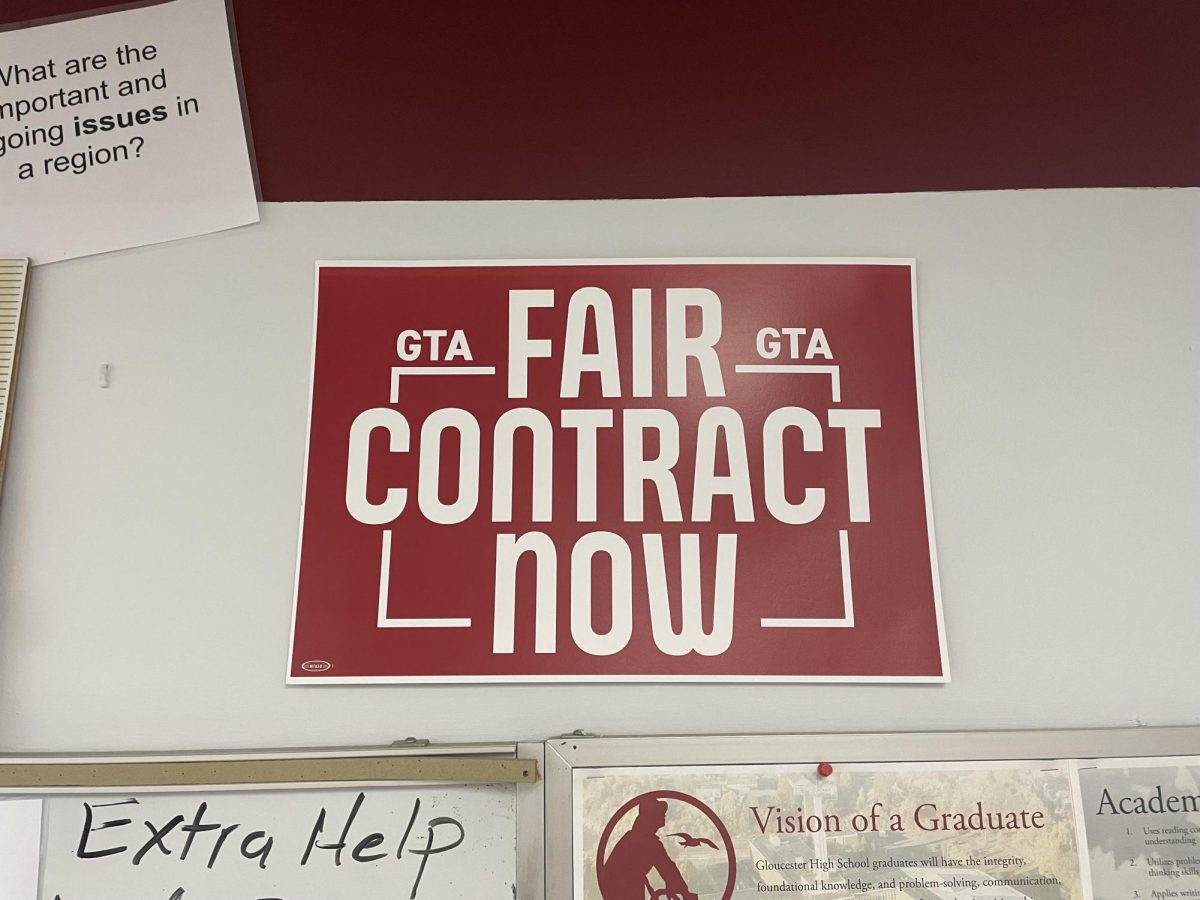
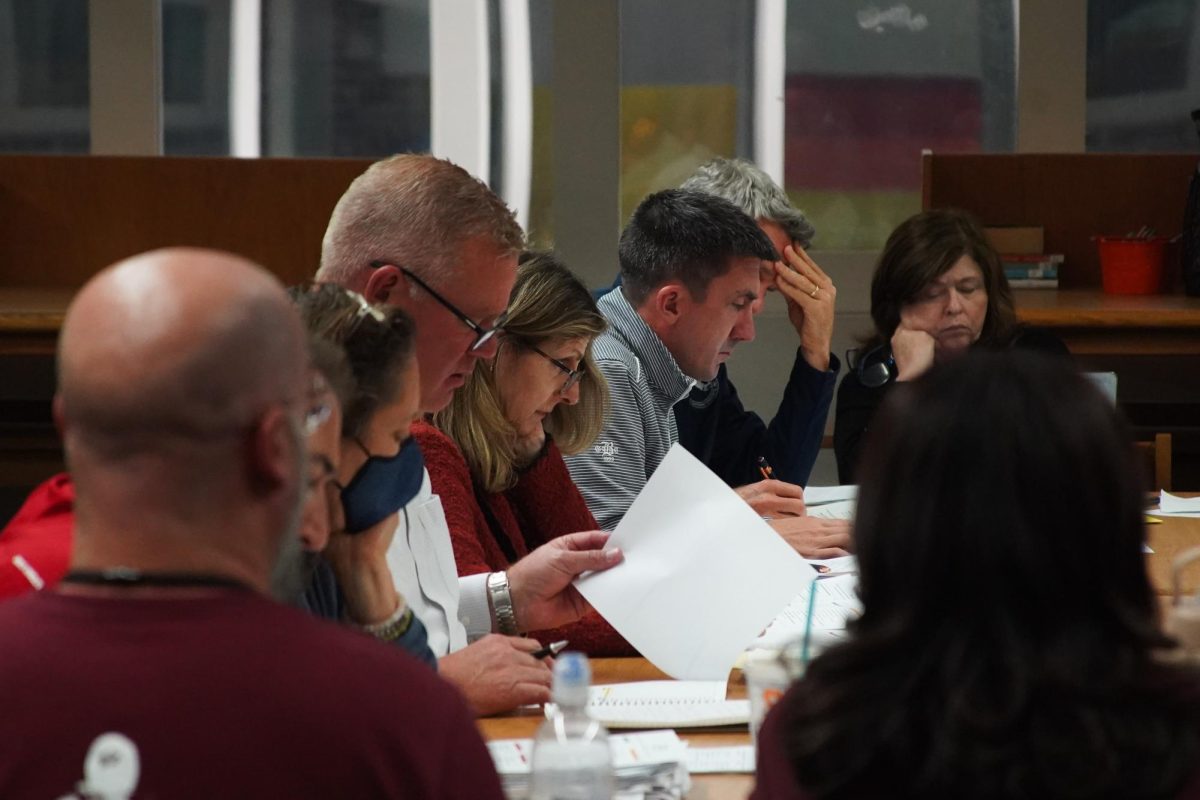
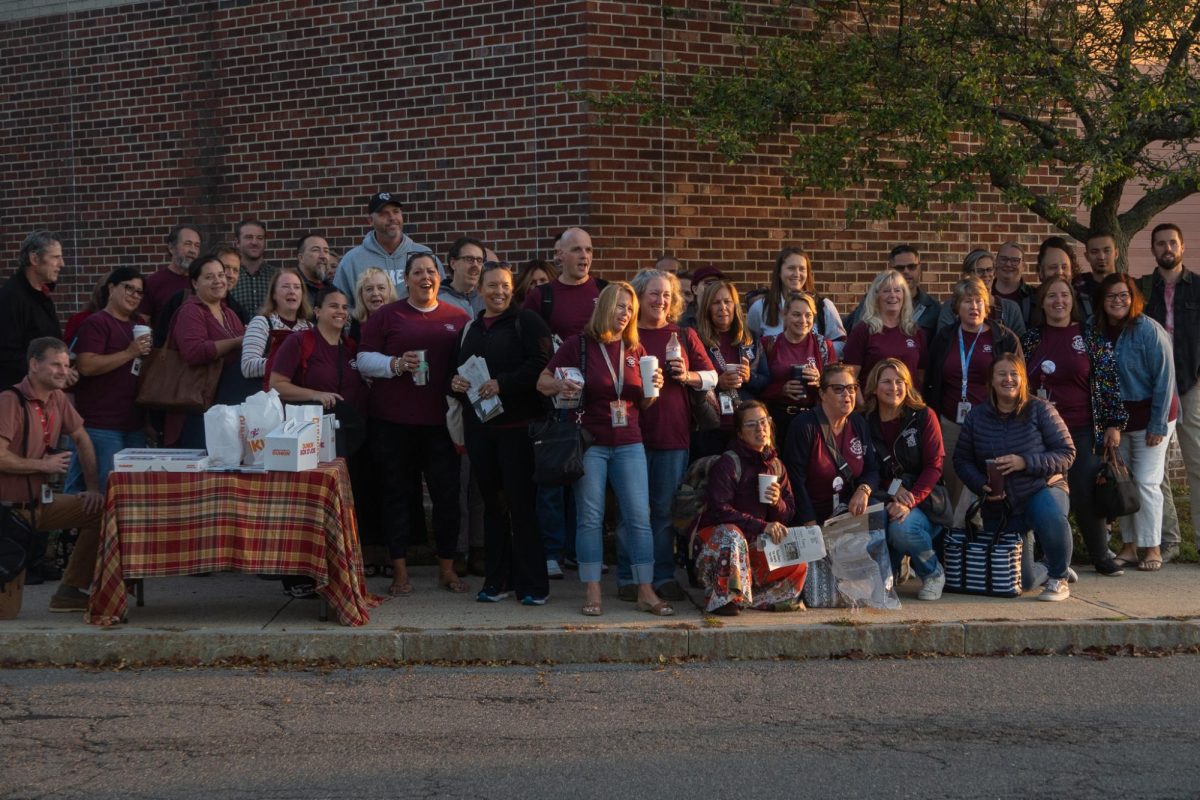
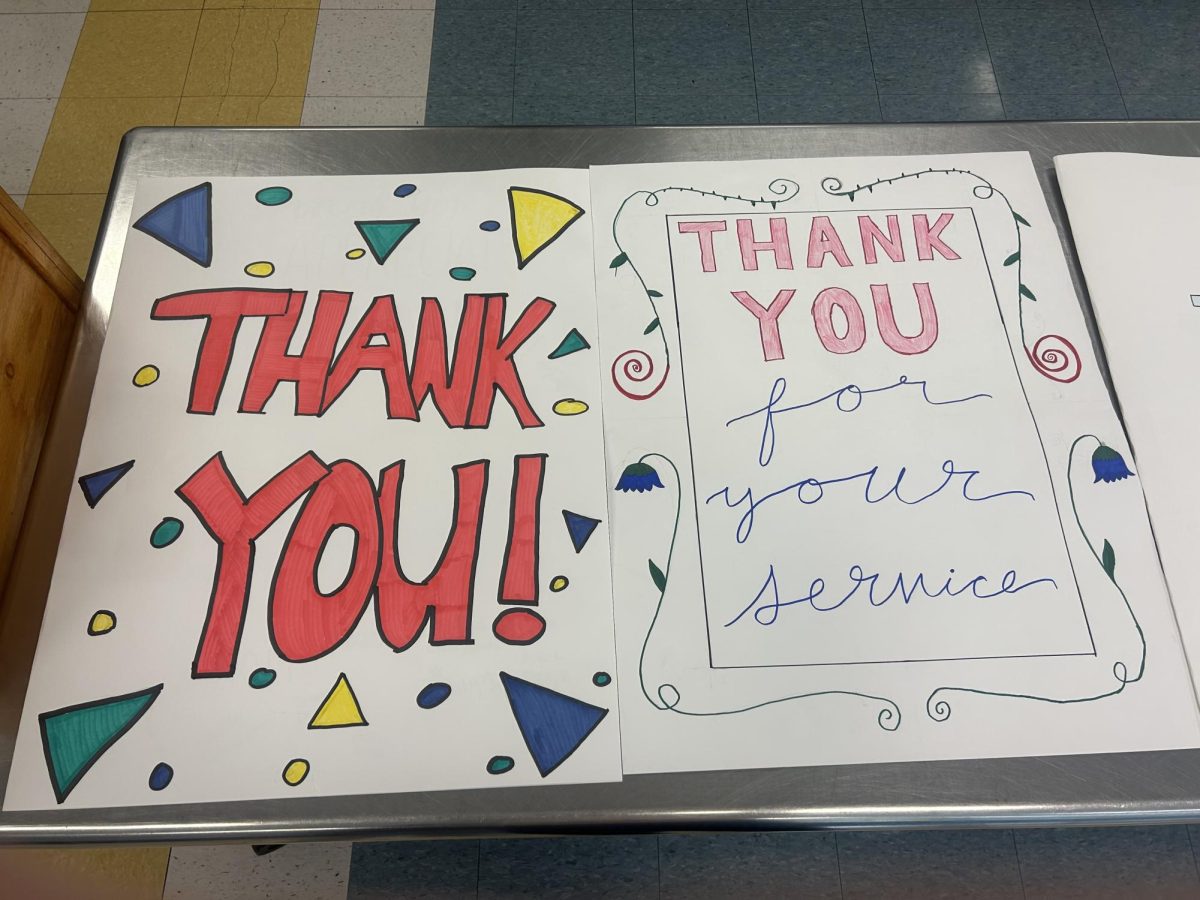
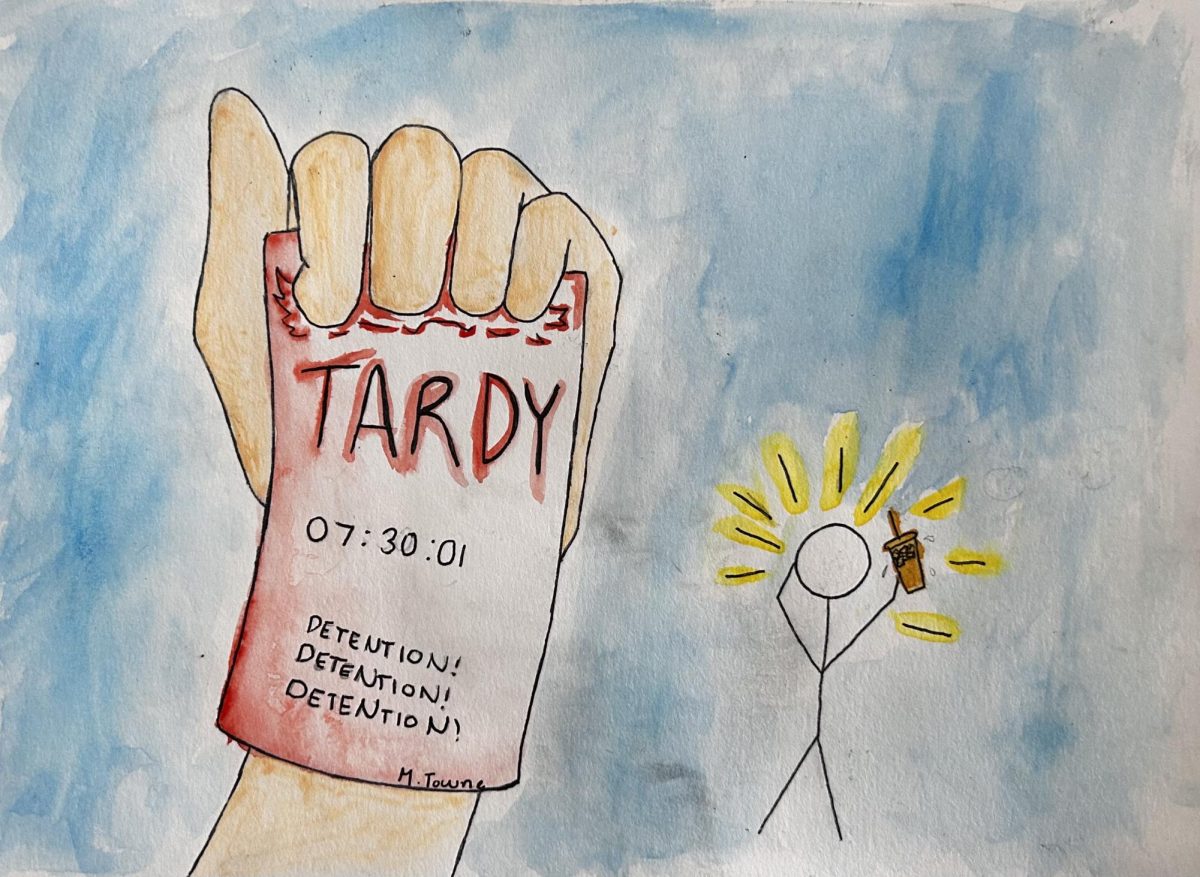

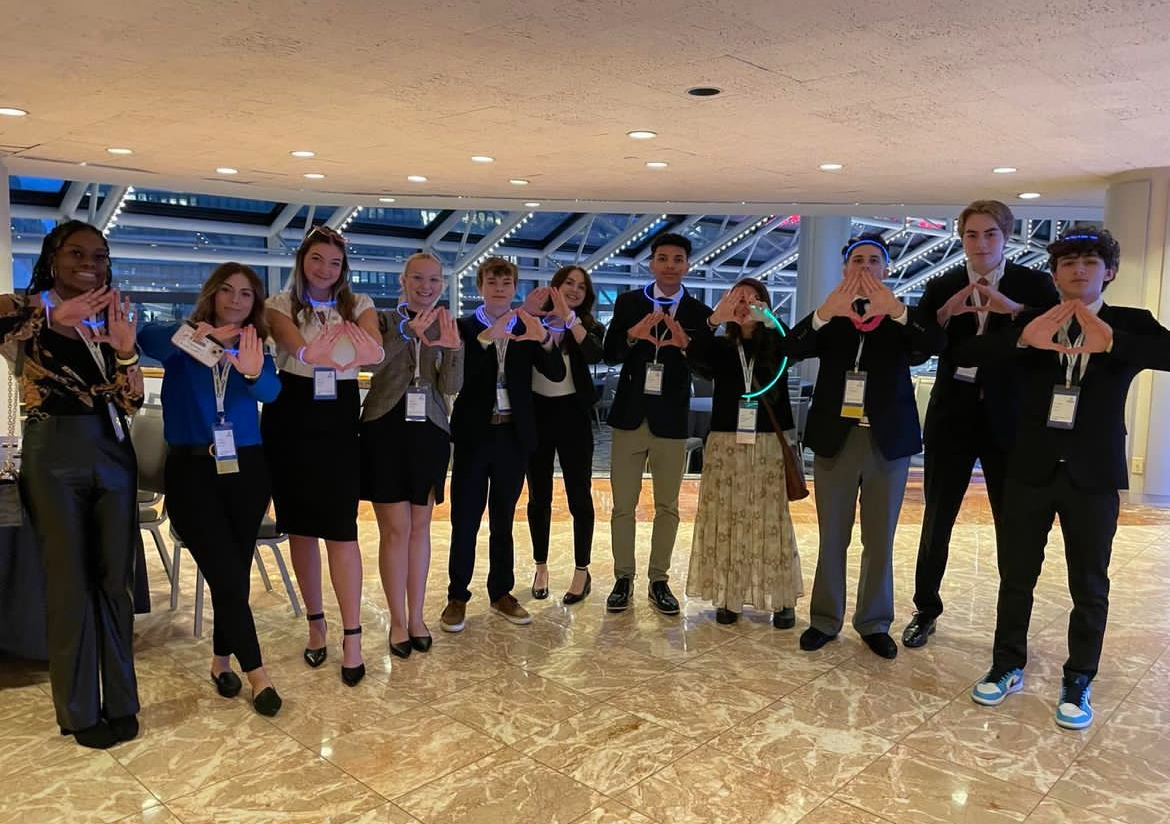



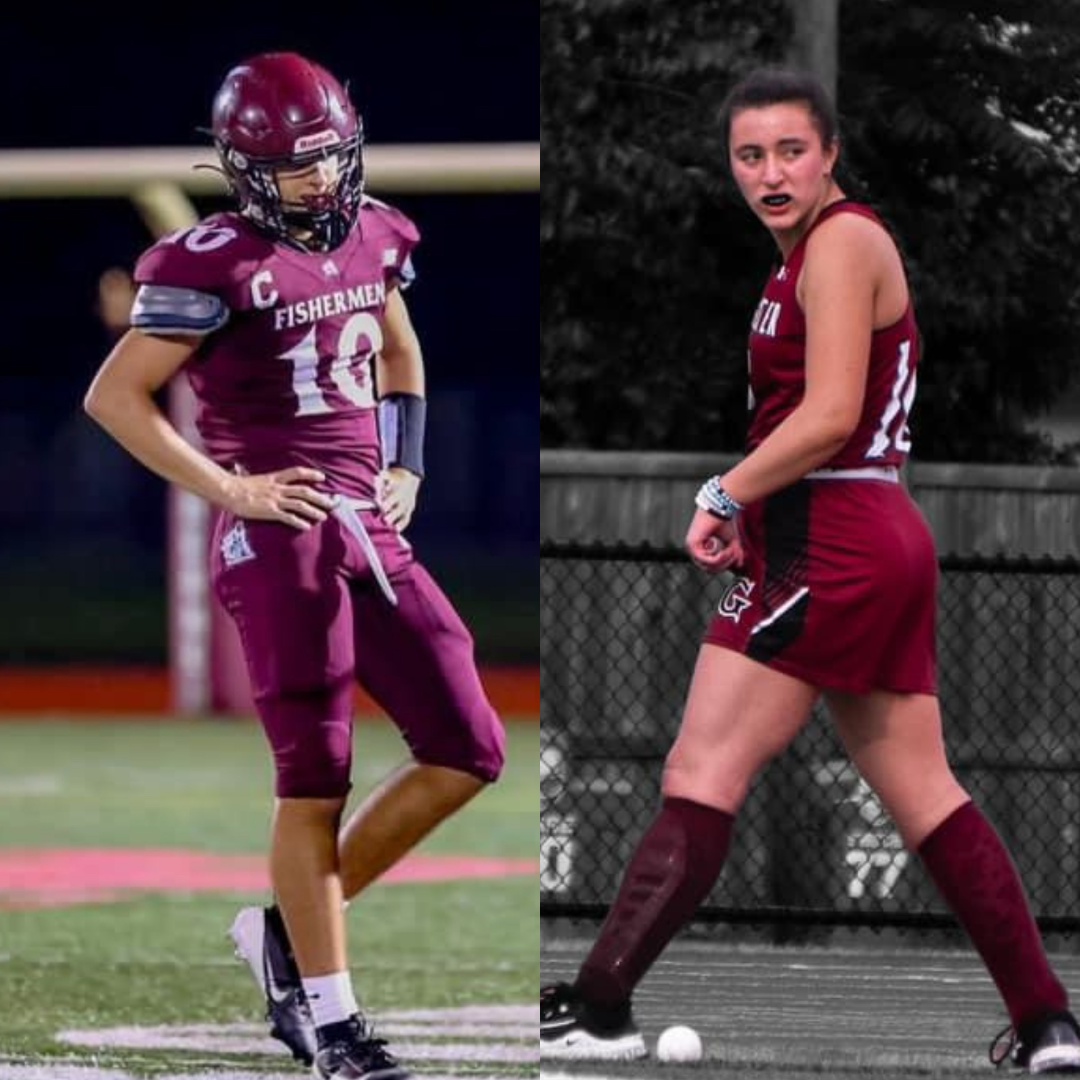
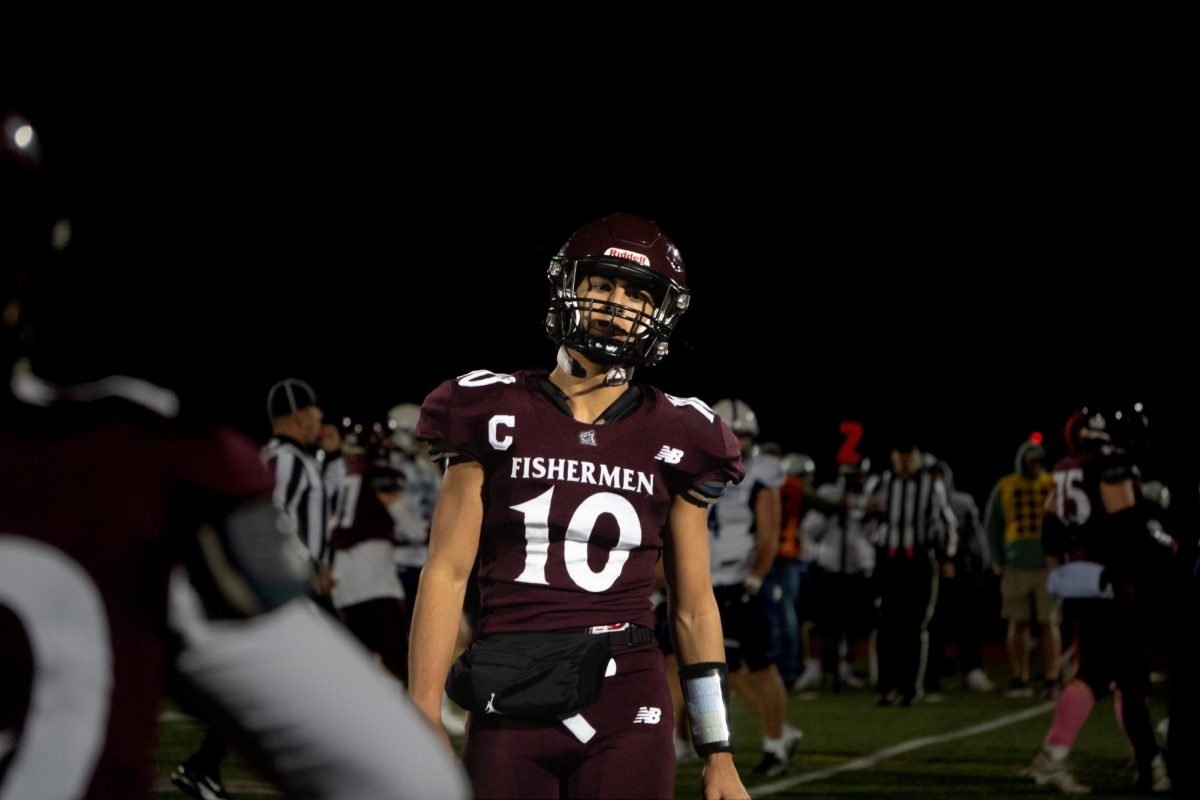
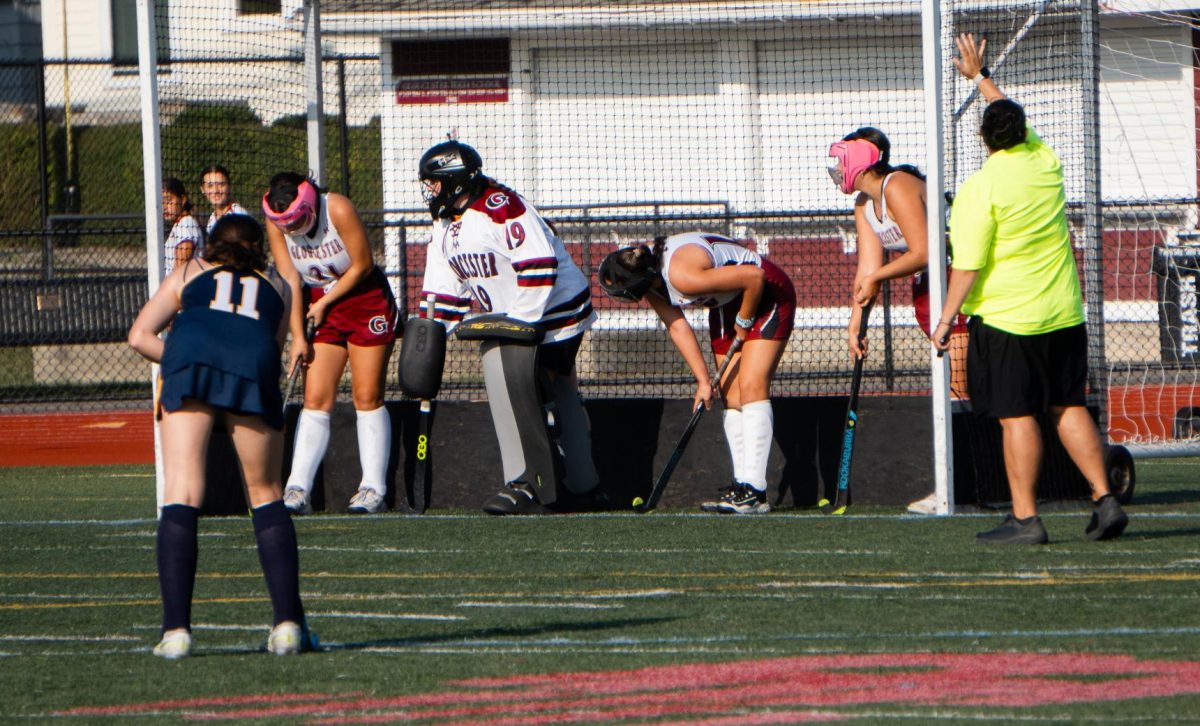
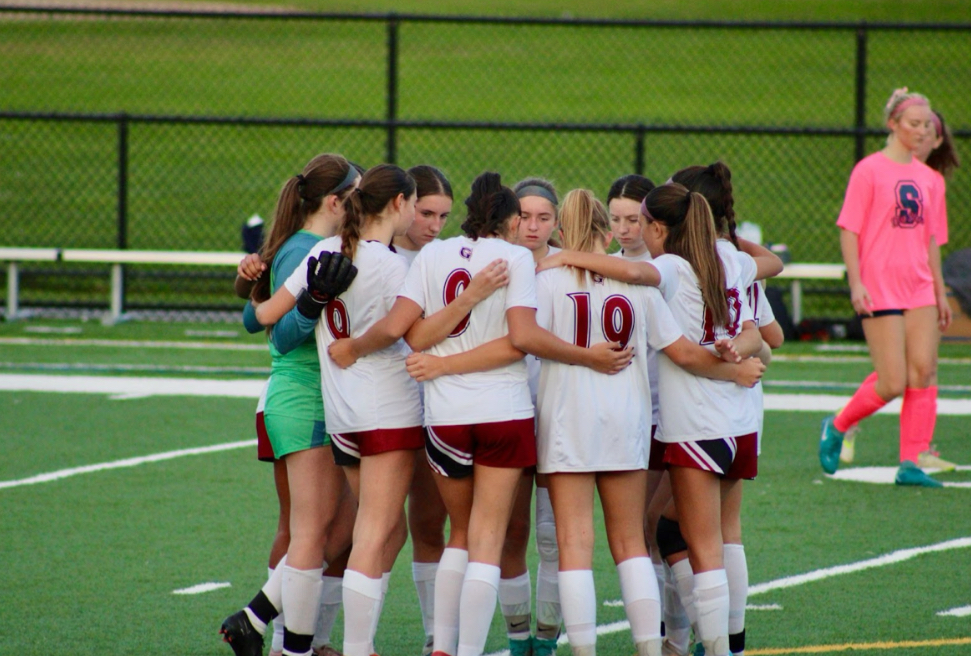



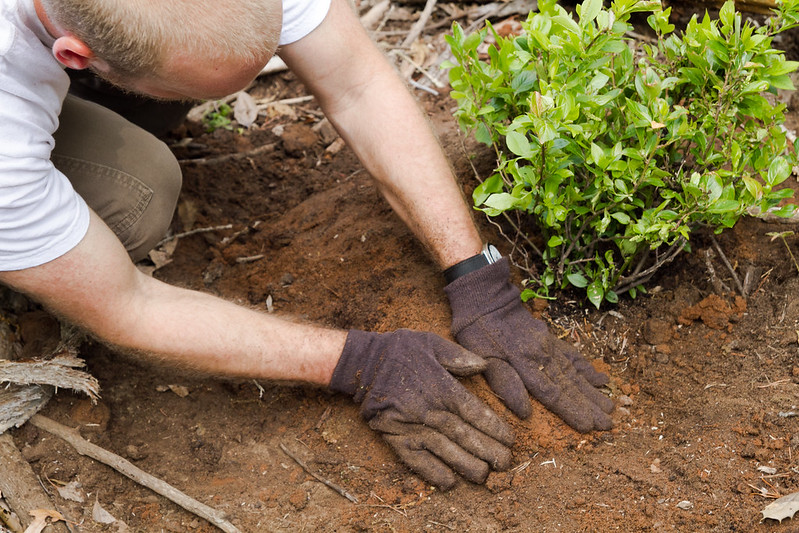

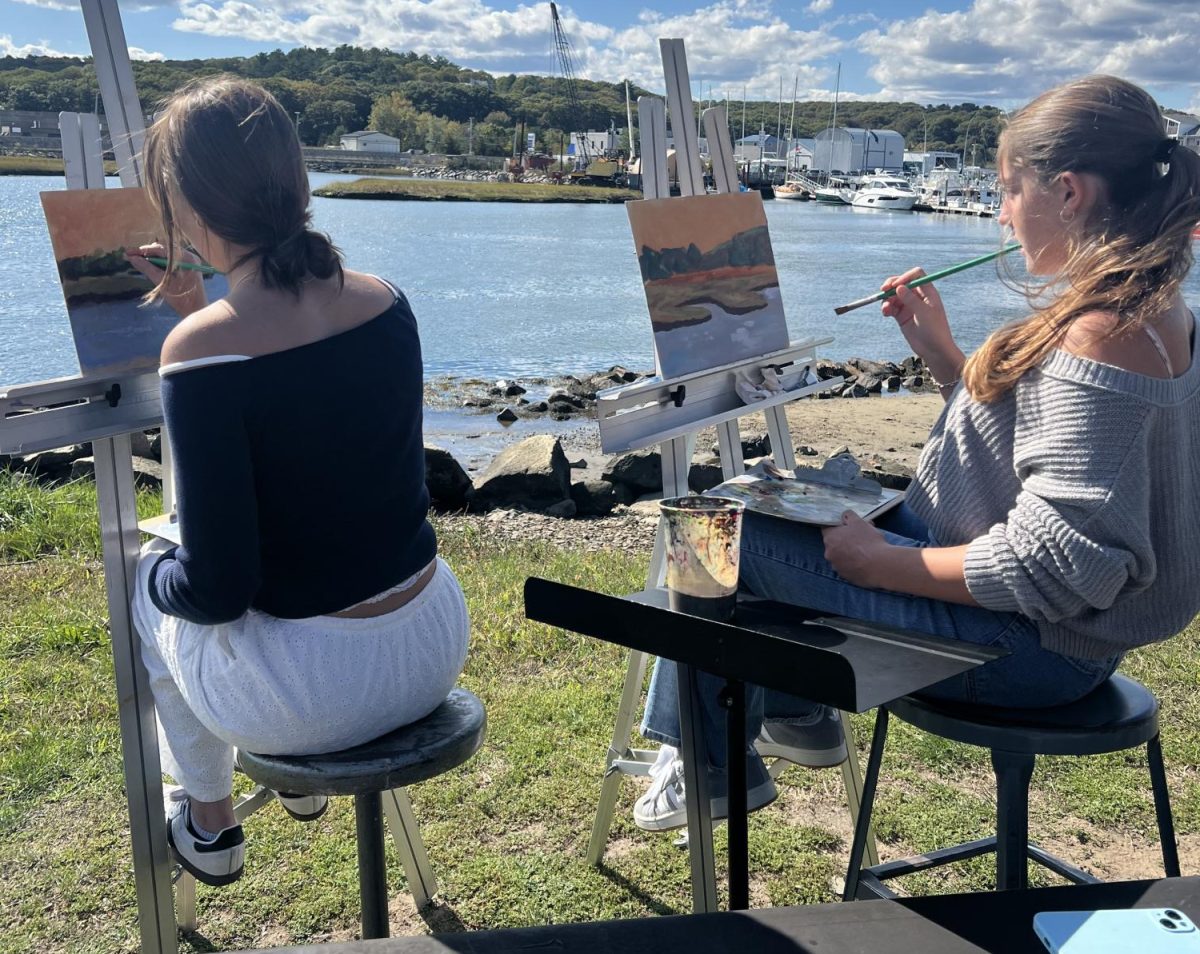

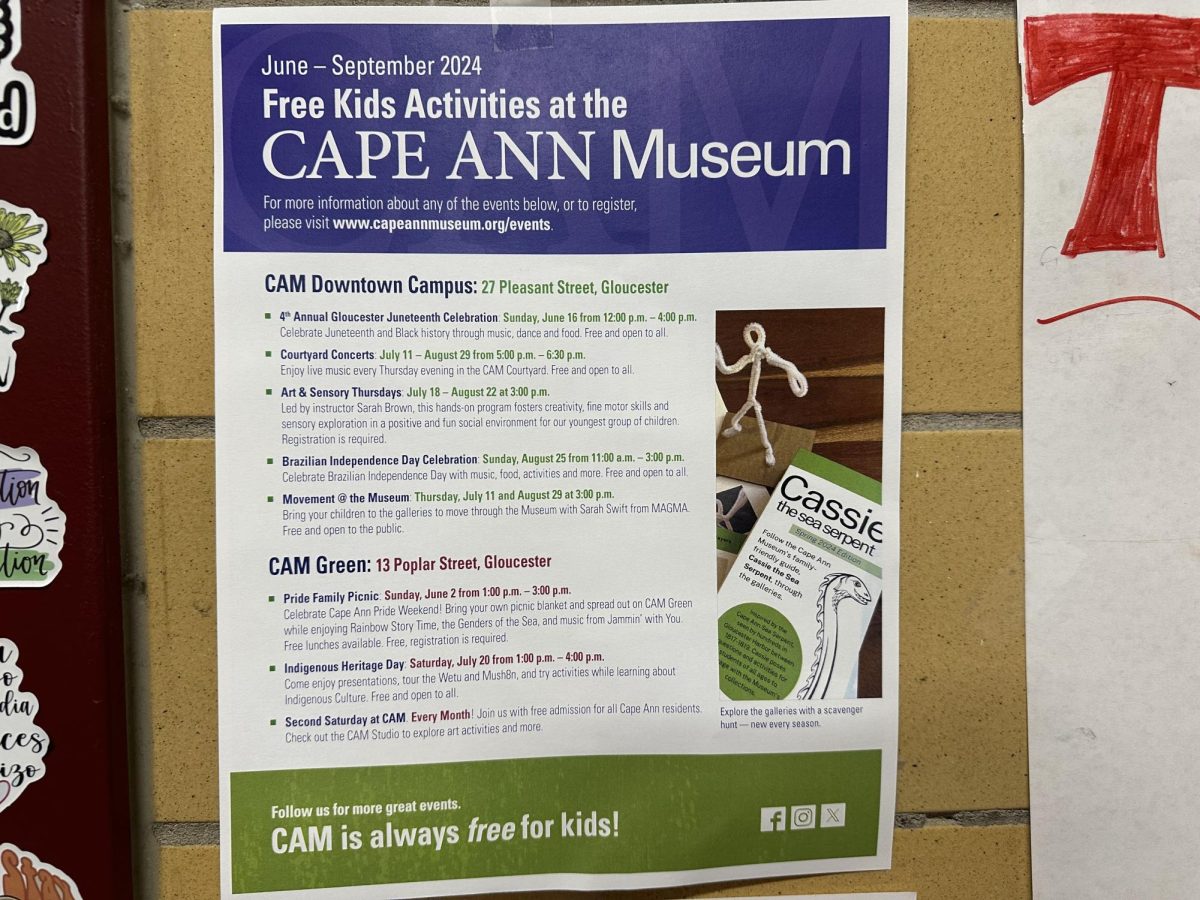







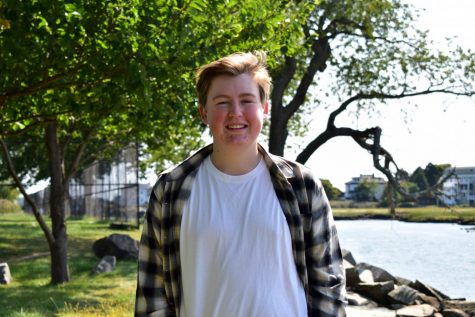

Elizabeth Parkhurst • Aug 6, 2020 at 10:54 am
Strong remote learning with childcare options is the best plan for academics and social-emotional well being, if it is done with careful planning and the proper resources. Our administrators and teachers have worked very hard to try to make these plans doable. It is clear that Full remote with a phase-in is the least disruptive and the most academically rigorous. The sooner you decide, we can all plan better for both. Opening of any school with these unclear protocols is not only oppressive but traumatic if we need to close. Inconsistencies create more stress and anxiety for everyone. Please help the families of Gloucester move forward, and plan accordingly for the fall. I am so proud of the Gloucester community and how it has pulled together. Stay strong. Thank you, everyone.